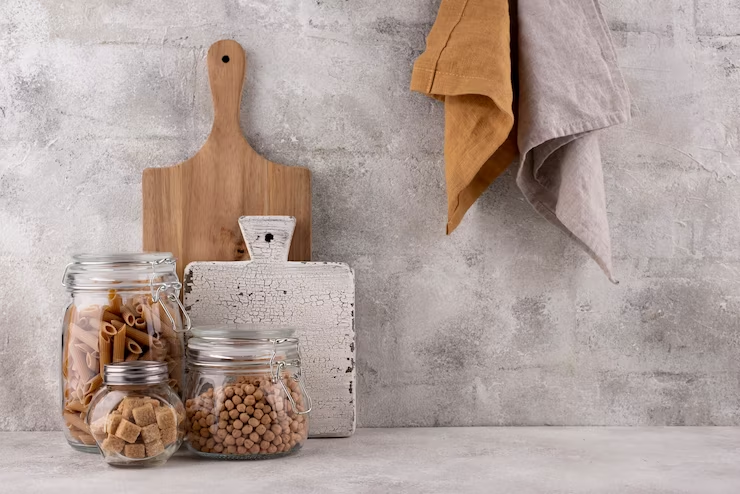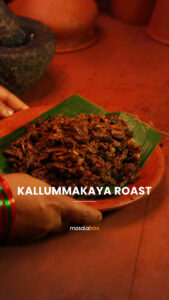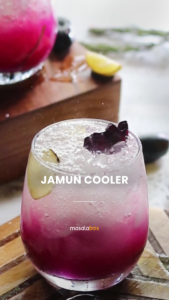Whether you’re a seasoned chef or starting out, organisation is key. It can save time when cooking and help keep your kitchen clean. Here are ten clever hacks for kitchen organization that you may not have thought of before.
Use cookie sheets to organise small kitchen items.
There are many ways you can use cookie sheets in the kitchen. They’re easy to store, they’re easy to clean, and they can serve as trays for transporting food. You can also use them as cutting boards on days when you feel like you need to wash your other boards.
Organise spices in mason jars.
The easiest way to organise spices is in a small mason jar for each spice. You can use a label maker to label the jars or write on them with a Sharpie marker. If you need more space for all of your spices on an open shelf, tie a ribbon around the lid and hang it from a hook or pegboard. This will keep them off the countertop and make them easy to see when you need them!
Organise your spices by category–spices like oregano or paprika are best kept together, while basil could live with Italian seasonings like marjoram and thyme (and vice versa).
Turn a cabinet door into a pantry cabinet.


You’ll need a cabinet door, some adhesive, and some sort of backing material.
You can attach the backing material using either Velcro or magnets. It’s really up to you! The key thing is that it should be strong enough to hold all your canned goods as well as any other things you want to be stored in there (I recommend stacking containers).
Once everything is secure and in place, fill up those shelves with whatever food items are currently taking up space on your kitchen countertops. This will help keep them organised while also freeing up valuable counter space for other tasks like cooking or eating dinner with friends/family members who aren’t afraid of germs.
Cut out the middleman when it comes to storing your baking pans.
Use a rolling pin to store your baking pans is one of the best hacks for kitchen organization.
If you’re looking for an easy way to save space in your kitchen and keep things organised, try using a rolling pin as an alternative storage method. Place your baking pan on top of the rolling pin and roll it up with the rest of your utensils! This trick works best with metal or glass baking sheets; however, if you have any plastic ones lying around, they should also fit perfectly inside this DIY contraption.
You can also use knives as small-scale organisers for spices or cooking oils. Slide them into empty spaces within drawers so that all of your everyday cooking supplies are kept within arms reach when needed most (and no longer cluttering up countertops). Another great idea is placing towels on racks above dishwashers–this way, they stay dry while being readily accessible whenever necessary!
Maximise drawer space by organising them with dividers. This can also be used for pots, pans, food storage containers, etc.
Dividers are easy to make, as long as you have some cardboard or foam core board lying around! This is a great hack for organising pots and pans. It can also be used for food storage containers or anything else that needs to be organised.
Use a measuring cup to organise cords. This will help prevent cords from getting tangled up. And make sure you label your cords!
A measuring cup is a perfect tool for organising your cords. Just place each cord in a separate compartment, and you’re good to go! You can even use colourful cups for different types of cords, like green for USBs and red for HDMI cables. If you’re feeling extra organised, label each compartment with tape or a sticker so that no one accidentally picks up the wrong cord.
If you want to get really fancy with your labelling system, consider investing in a label maker (you can find them at any office supply store). This way, all the labels are uniform and look neat on each cable end–no more scribbling with Sharpies!
Create your own magnetic spice rack. This is especially helpful if you have little space on your countertop. Just make sure your spices are metal-based, so they stick well.
If you’re looking for a way to organise your kitchen spices, try using a magnetic strip. This is especially helpful if you have little space on your countertop. Just make sure your spices are metal-based, so they stick well.
You can put the spice rack on the fridge or in a cabinet and label each jar with tape or stickers (you may need more than one set of labels).
Also read: 9 Low Cost Protein Foods You Must Stock In Your Kitchen Cabinet
Conclusion
These hacks for kitchen organization will help you get started on your journey to organise your kitchen. It can be a daunting task, but we’re here to help! And remember: every little bit helps. Even if you tackle one or two areas of clutter at a time, it’s still progress towards a cleaner, more efficient space that makes cooking easier for all involved.










